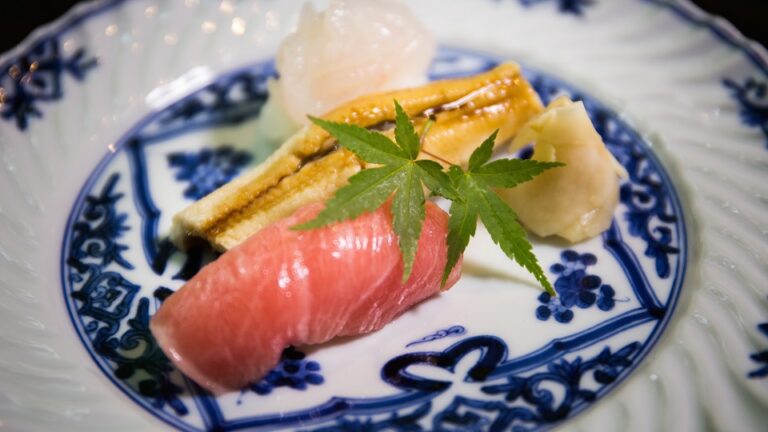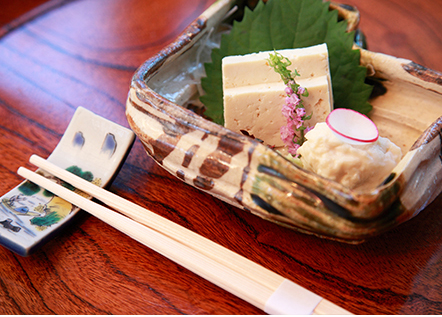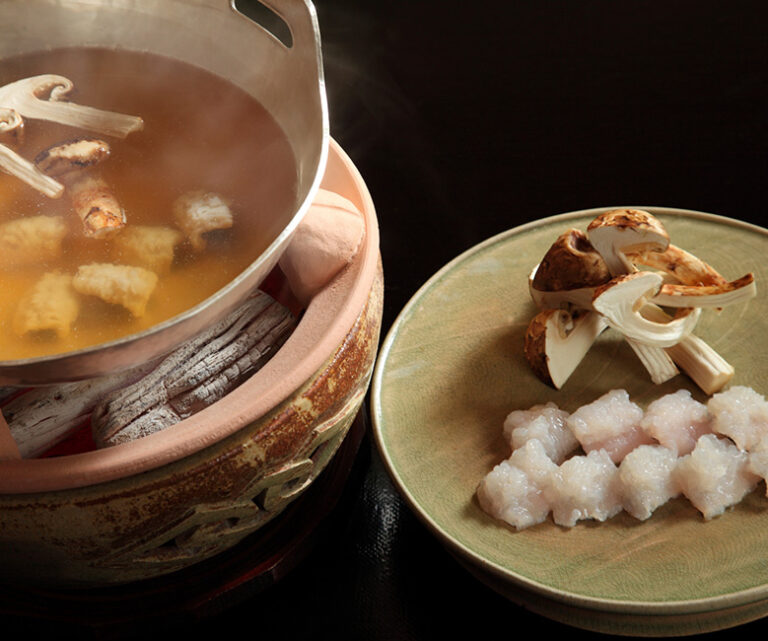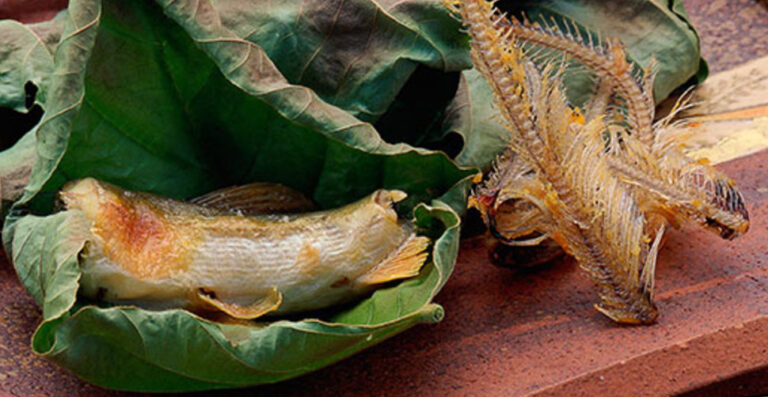WRITTEN BY
Peter Nosal
PUBLISHED ON
July 27, 2017
LOCATION
Japan
The Land of the Rising Sun is home to dynamic cities, historic temples, landmark cuisine, and an ancient culture that has inspired generations of travelers to Asia. However, Japan’s boom in popularity has resulted in bustling crowds of tourists and fully-booked hotels that often overwhelm those with a more tranquil image of Japan in mind.
More and more, those in the know are ditching the large hotel chains in favor of quiet, modestly luxurious ryokans.
Ryokan and temple options are surrounded by pristine gardens, serve world class food, and have limited rooms offering a more intimate experience. As the in-demand autumn season approaches and the big hotels fill up, those searching for a genuinely immersive Japanese experience will find ryokans every bit as luxurious as plush resorts.
ABOVE: Beniya Mukayu’s Yakushiyama treatment was inspired by more than a thousand years of history at the Yamashiro Onsen.
With 17 immaculate rooms, peace emanating from every surface, and a sense of class that’s hard to find even in the über-particular world of the ryokan, the Beniya Mukayu is a classic Japanese ryokan experience. Compared to other harmonious designs, the Beniya Mukayu is minimalist – created to allow the mind to grow to its edges. The Beniya Mukayu attempts – rather successfully – to blend the best of modern and ancient Japanese culture by combining its minimalist aesthetic with the aggressive beauty of the surrounding landscape. In the area, there is of course Kanazawa to be considered, but also the Yamashiro onsen, gondola rides down the Daishoji, and there are some astounding waterfalls to be found.
ABOVE: The 8th-century Buddhist priest Gyoki is said to have discovered the restorative powers of the Yamanaka springs.
The hot springs of the Yamanaka onsen are world famous, and the tranquility of Kayotei is best experienced from the Higashiyama suite, which features a view of Kayotei’s forest and the gentle running of a river below – complete with all the necessary mod cons. Travelers looking for a more expansive dip will want to head down to the coast at Amagozen Point. Depending on the season – best in winter and fall – visitors will also want to check out the nearby Natadera Temple, and, of course, befitting the reputation of the Yamanaka area, the public baths are a delight.
ABOVE: The Gora Kadan in Hakone is built on land once owned by the Imperial Prince Kaninnomiya Kotohito.
For those in the mood for good food and peaceful views, the Tusukimidai terrace at Gora Kadan overlooks Mount Daimonjiyama, surrounded by babbling mountain streams and bamboo forest. Found in Hakone, the springs at Gora Kadan are mildly alkaline; the company owns three spring water sources, two of which are found on their properties. In their large public spa – which is separated by sex – the fresh spring water is replaced every night. The food at the Kaiseki Kadan restaurant uses seasonal ingredients from the Showa era Kaninnomiya villa, serving traditional Kaiseki cuisine.
ABOVE: Japanese traditional artists hold seasonal performances of Noh, Kyogen, Shinnai, Bunraku, and Biwagaku at Asaba.
With more than 500 years of history, the Asaba on Izu Peninsula began with a temple of the Soto sect and is today renowned for its cuisine, peace, and hot springs. There is perhaps no better way to watch the Japanese seasons change than from the comfortable vantage of the outdoor bath, covered with a colorful canopy and surrounded by a bamboo forest. The indoor baths are made of koyamaki timber. Also of note for art and music lovers is the Shuzenji Cultural Journey experience, featuring a stage relocated to Asaba in the late Meiji period by seventh-generation Yasuemon Asaba.
ABOVE: The Asadaya ryokan has a history that goes back to 1867, predating the Kenrokuen Garden.
The Asadaya may not be as high-profile as the others on this list but it boasts fine Kaga cuisine with seasonal seafood. Line-caught fish are found in the nearby natural spring and the local women collect the abalone. Visitors in winter will find exquisite crab and delectable sea urchin from the Sea of Japan. With just four quietly elaborate rooms for guests, the Asadaya is the choice for a traveler that values perfect, careful service. Its location in Kanazawa, as well, is reason enough to consider this fine ryokan. Travelers to the area will be on the lookout for the cherry blossoms, but the geisha areas and the gate of the Kanazawa castle are great sites all year round.





















